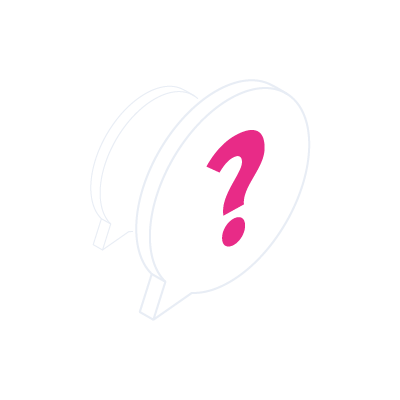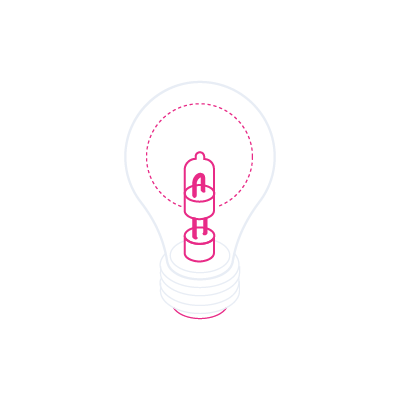How To Design the Perfect Sensory Room
6-steps to creating a calming, multi-sensory haven.
October 14, 2025
More info >>Safe, engaging spaces that encourage active play and social interaction through sensory stimulation.
Definition & Purpose
A sensory room is a thoughtfully designed environment where sight, sound, touch, scent, and movement are blended to support emotional wellbeing, self‑regulation, and cognitive development.
At Aurora, we specialise in creating these spaces, often called multi‑sensory environments, tailored to various sensory processing disorders, disabilities, and cognitive conditions.

Engaging The Senses
Sensory rooms offer a controlled atmosphere where individuals can safely explore and engage with sensory stimuli at their own pace. Users can interact with features such as bubble tubes, fibre-optic lighting, tactile panels, aroma diffusion, and gentle vibration, helping them identify what calms or stimulates them most.


Supporting Growth & Wellbeing

Calming visuals, soft sounds, and gentle textures provide a soothing retreat that supports emotional regulation.

Carefully balanced sensory input can sharpen concentration, especially for those with sensory processing differences like Autism and ADHD.

Sensory rooms equip users with tools to manage sensory overload or distress independently.

Interactive equipment and shared experiences encourage engagement and verbal or non-verbal expression.

Hands-on features like tactile objects and movement supports aid physical development.

Designed thoughtfully, these rooms offer sensory challenges and exploration that foster growth and positive mood effects.
6-steps to creating a calming, multi-sensory haven.
October 14, 2025
More info >>Seamlessly manage and integrate multiple sensory technologies
Environmental Effects
Tubes
Wall Panels
Lighting
Projection
Other
We use cookies to enhance your experience and to analyse our traffic. Learn more.